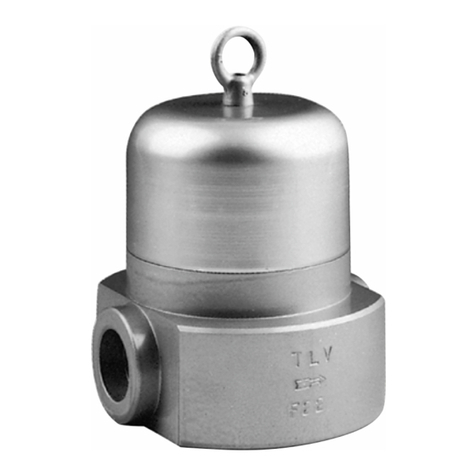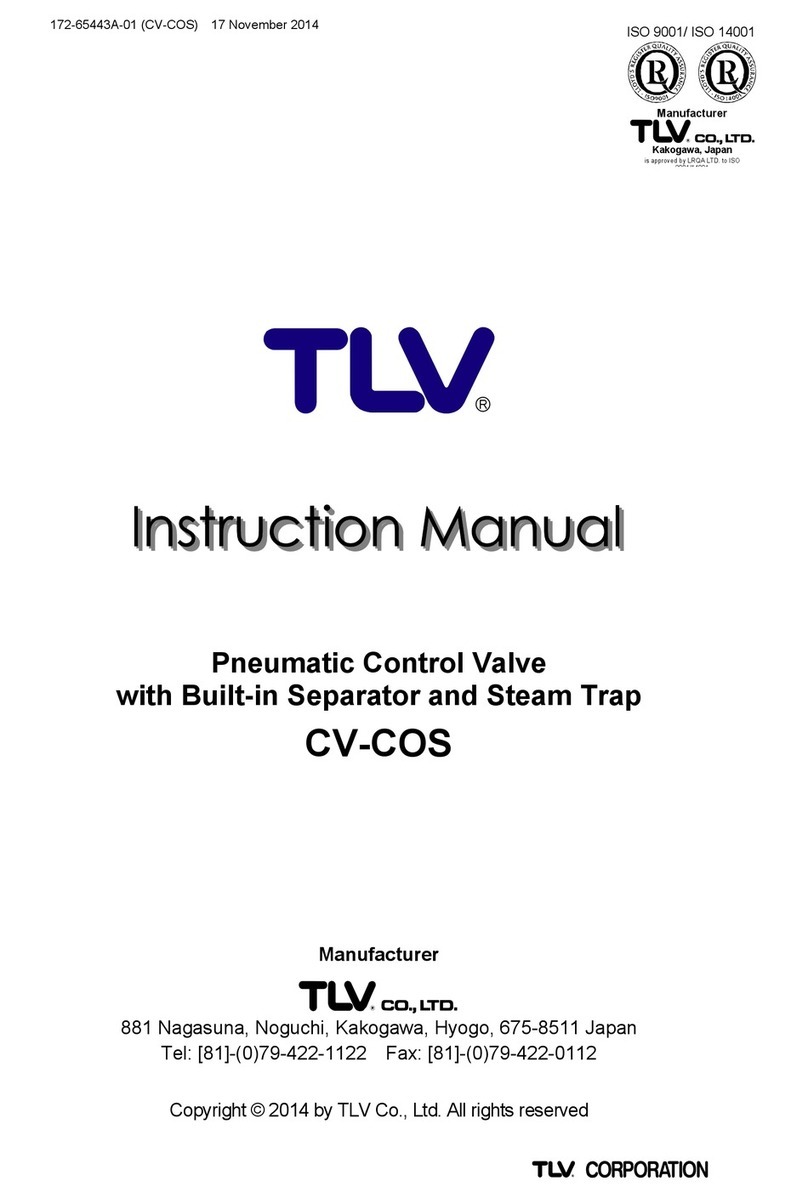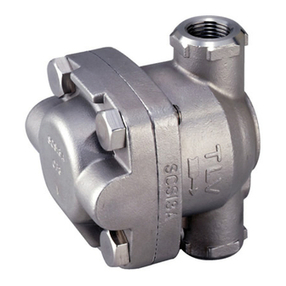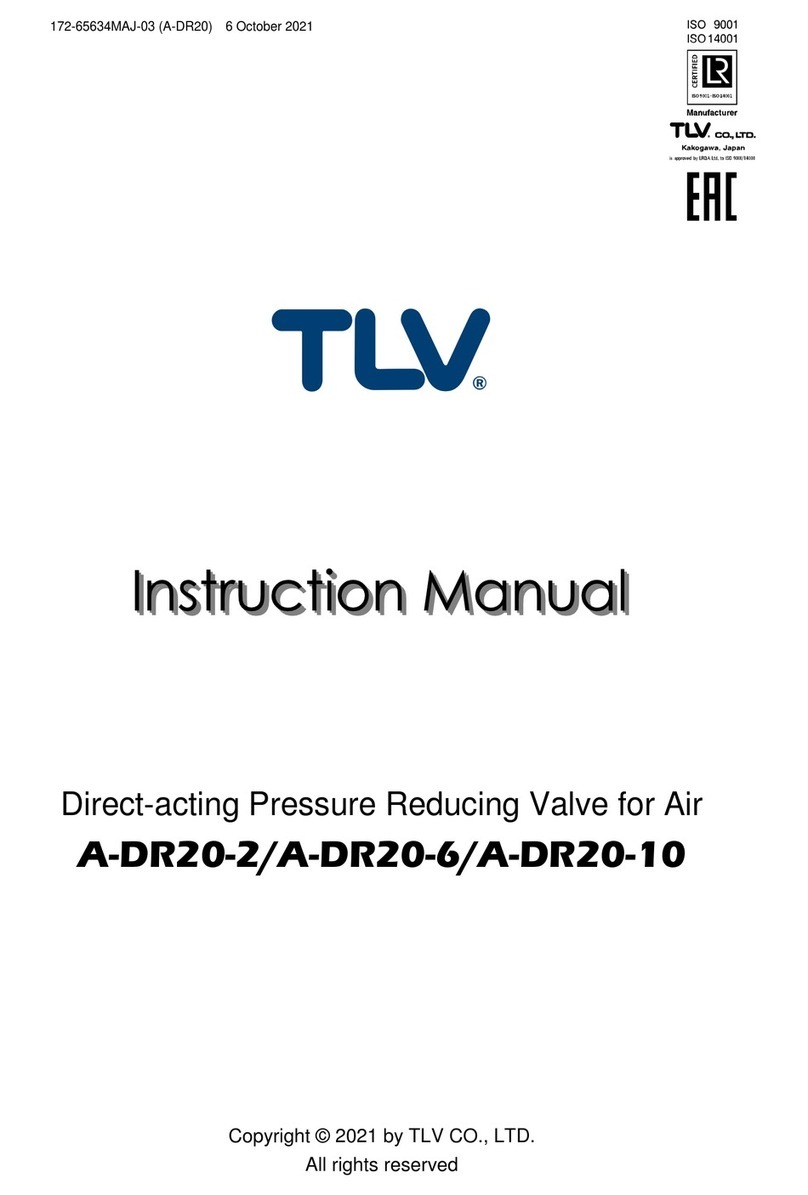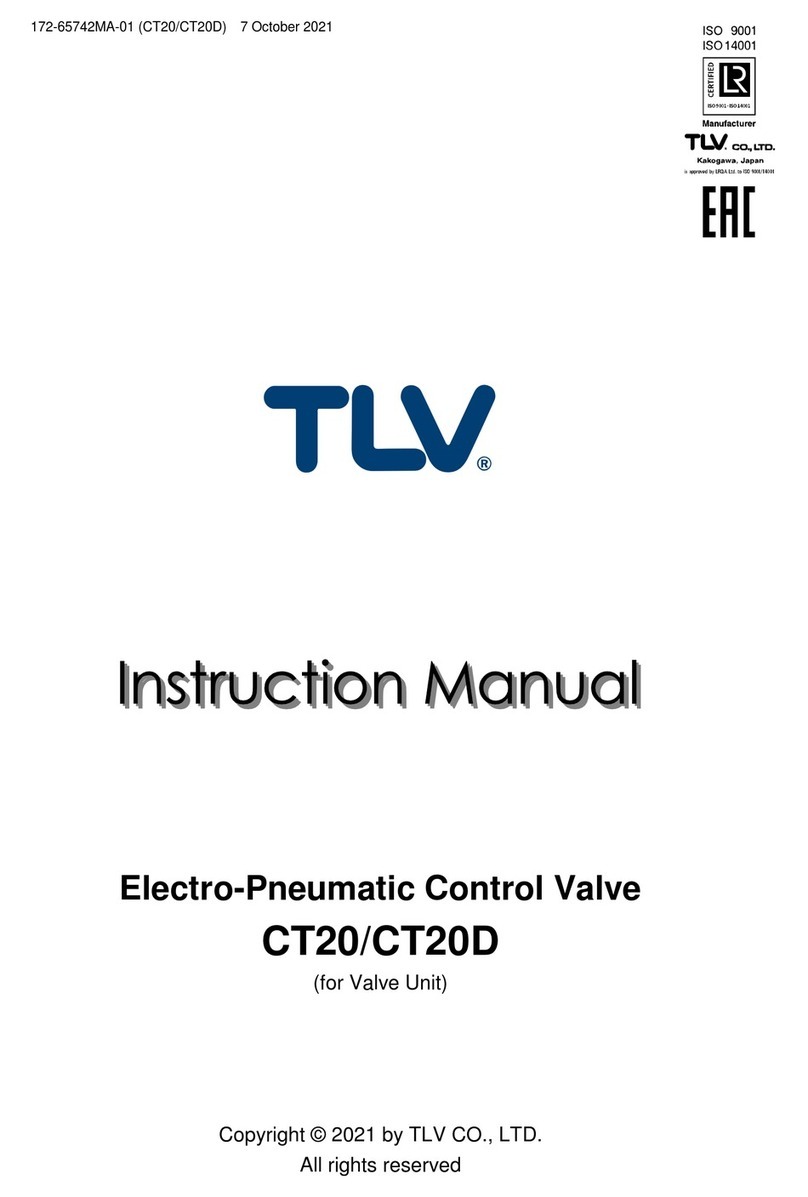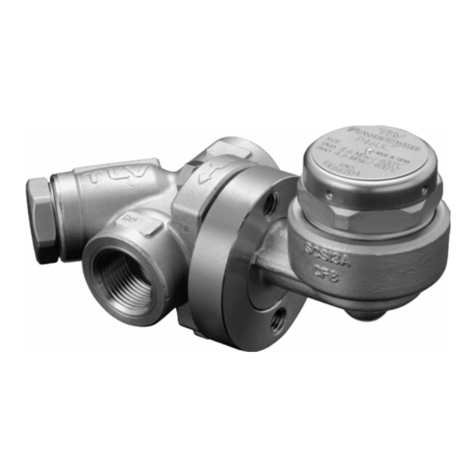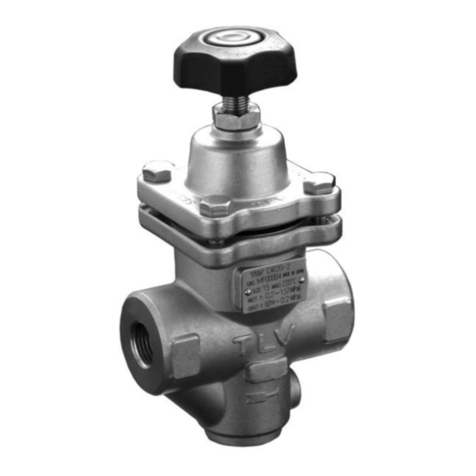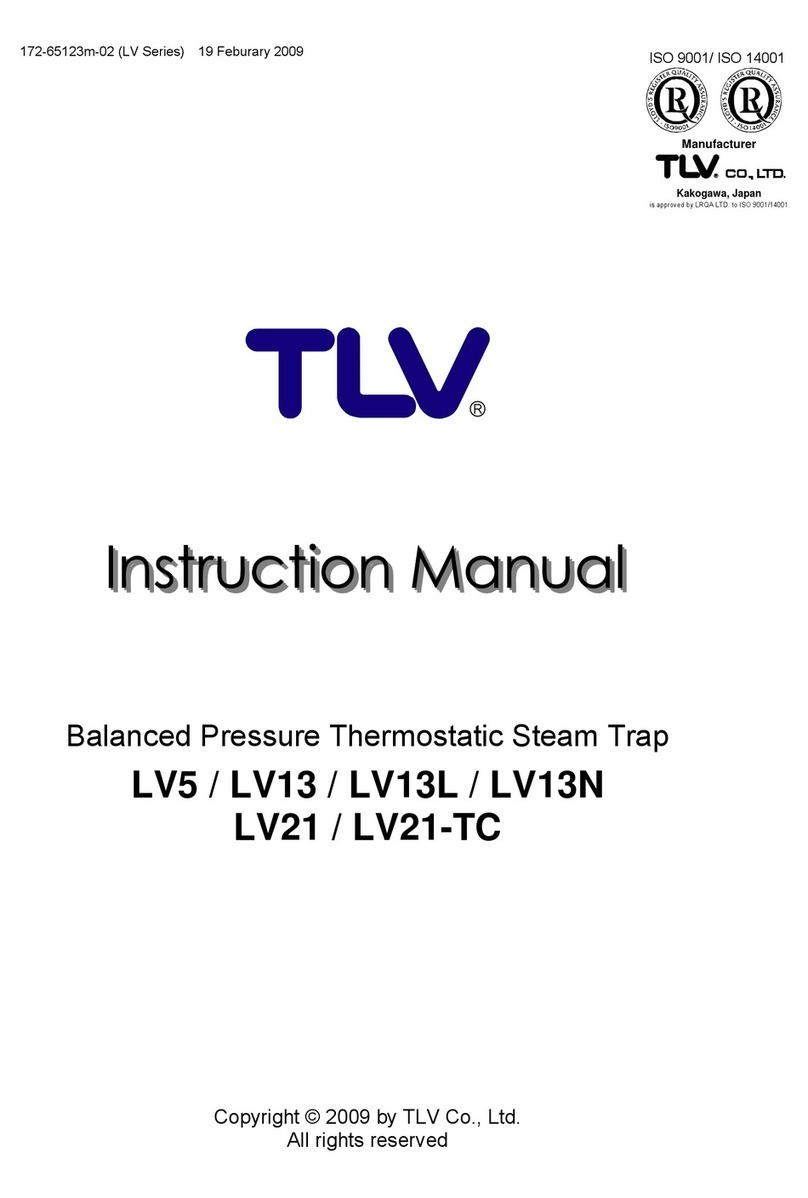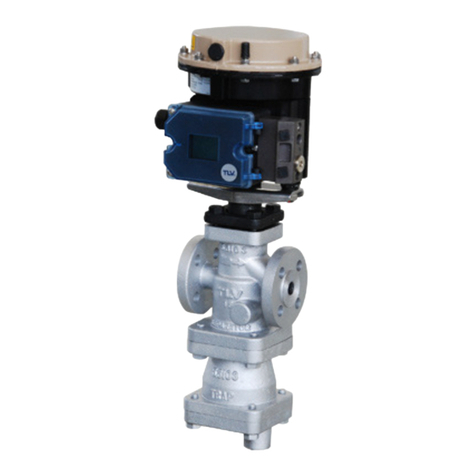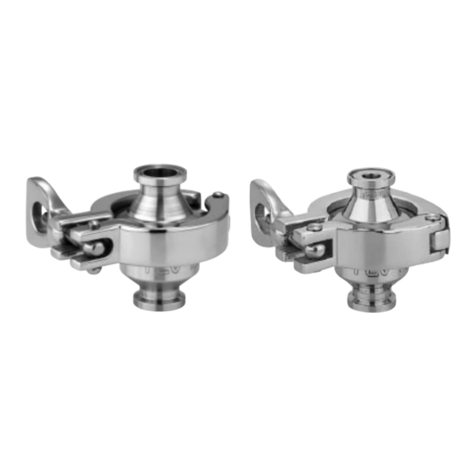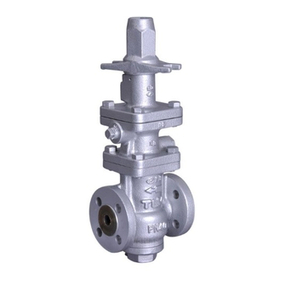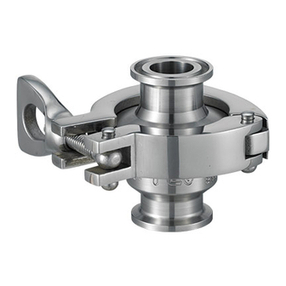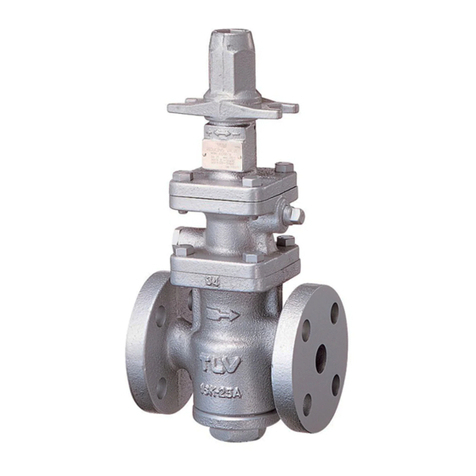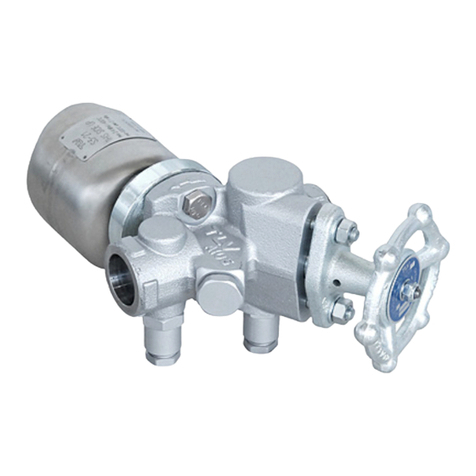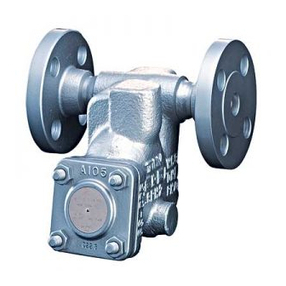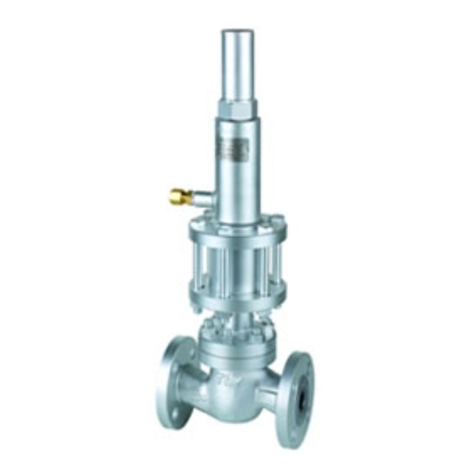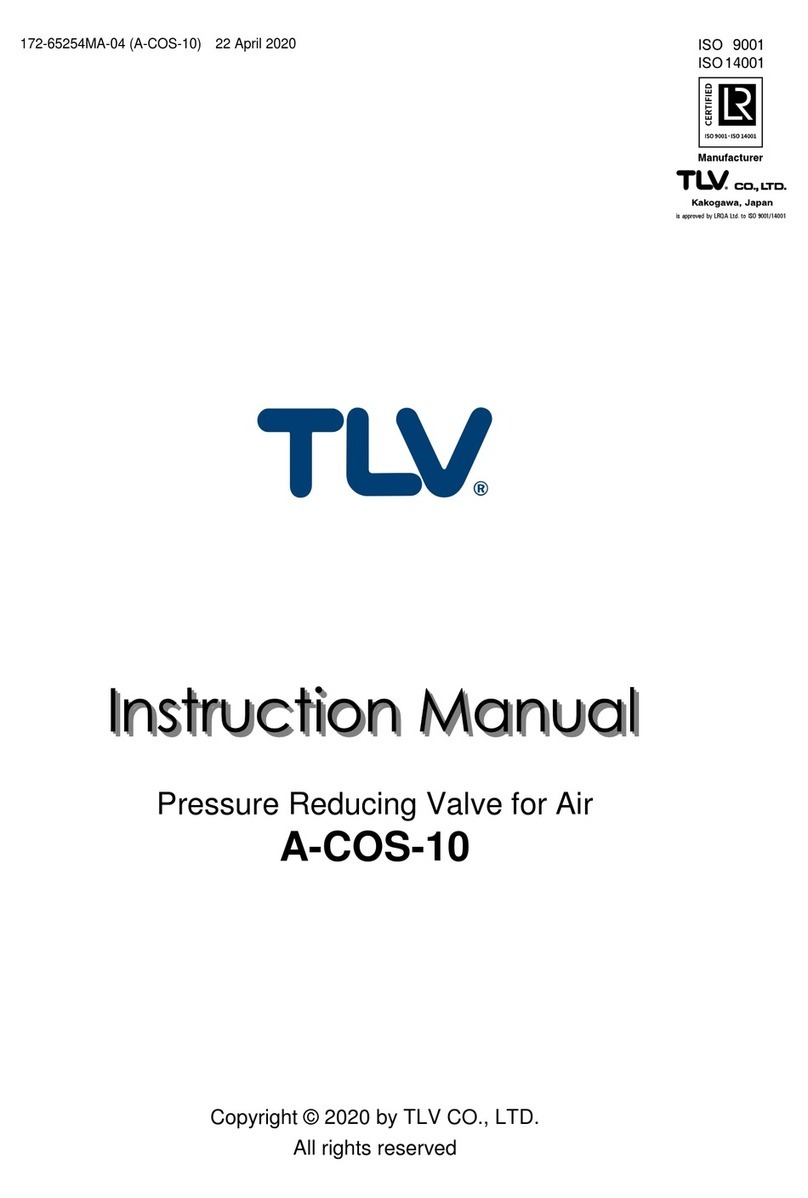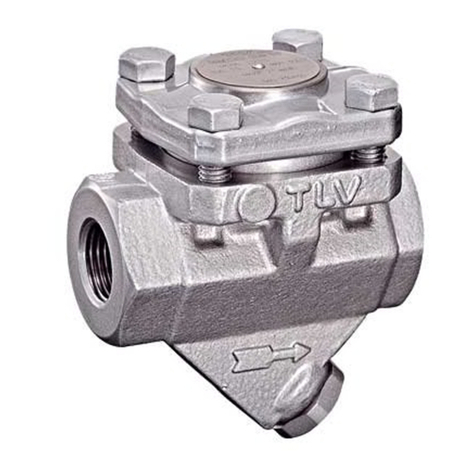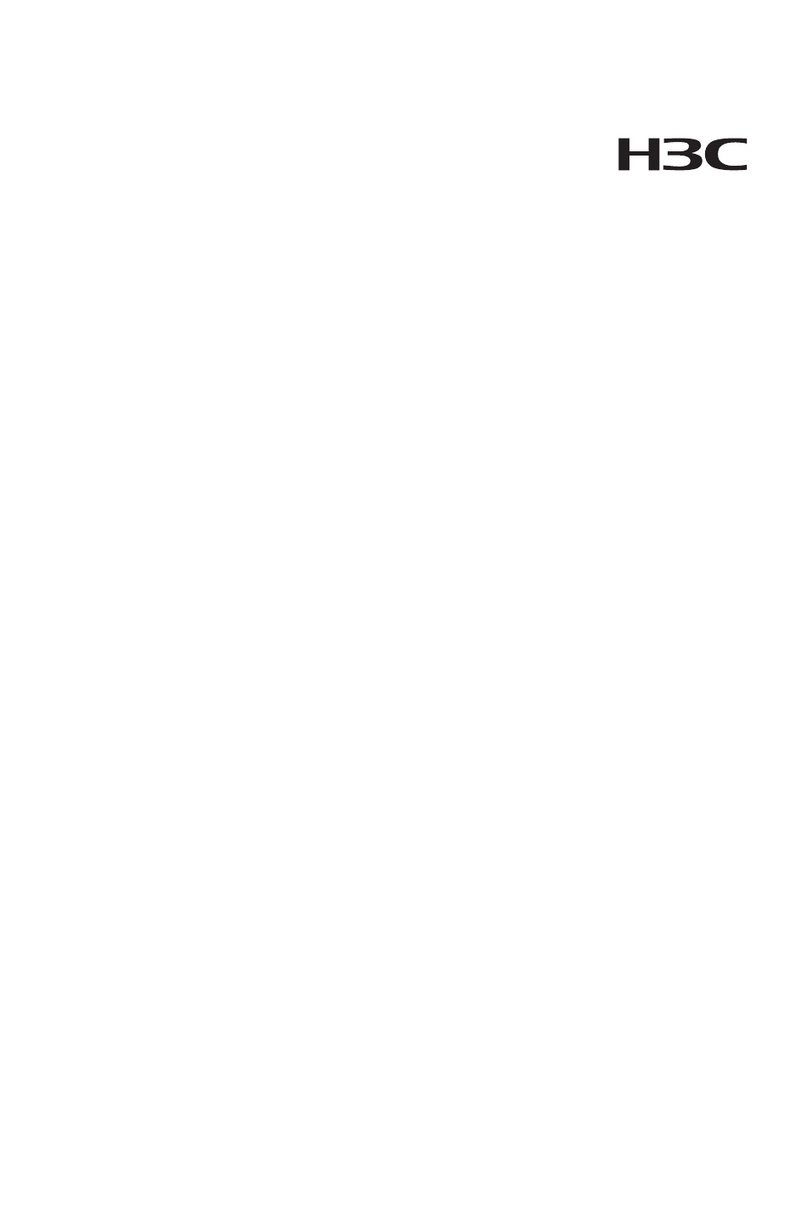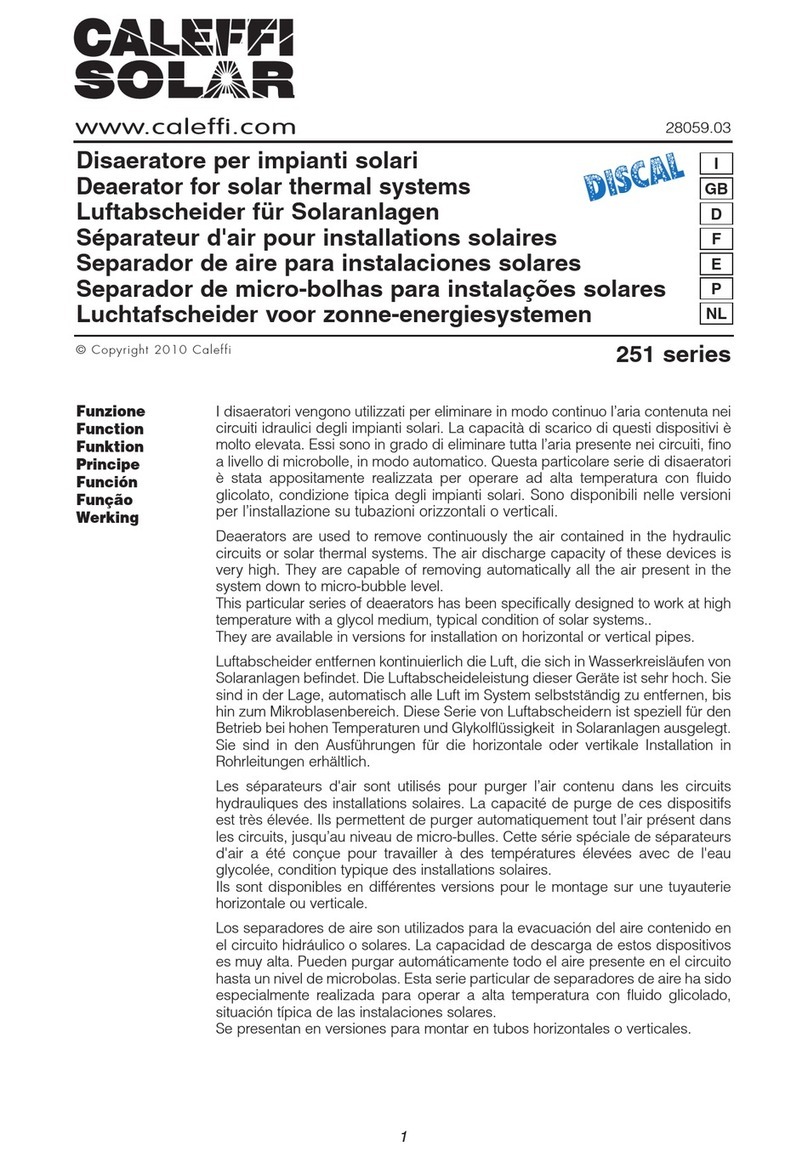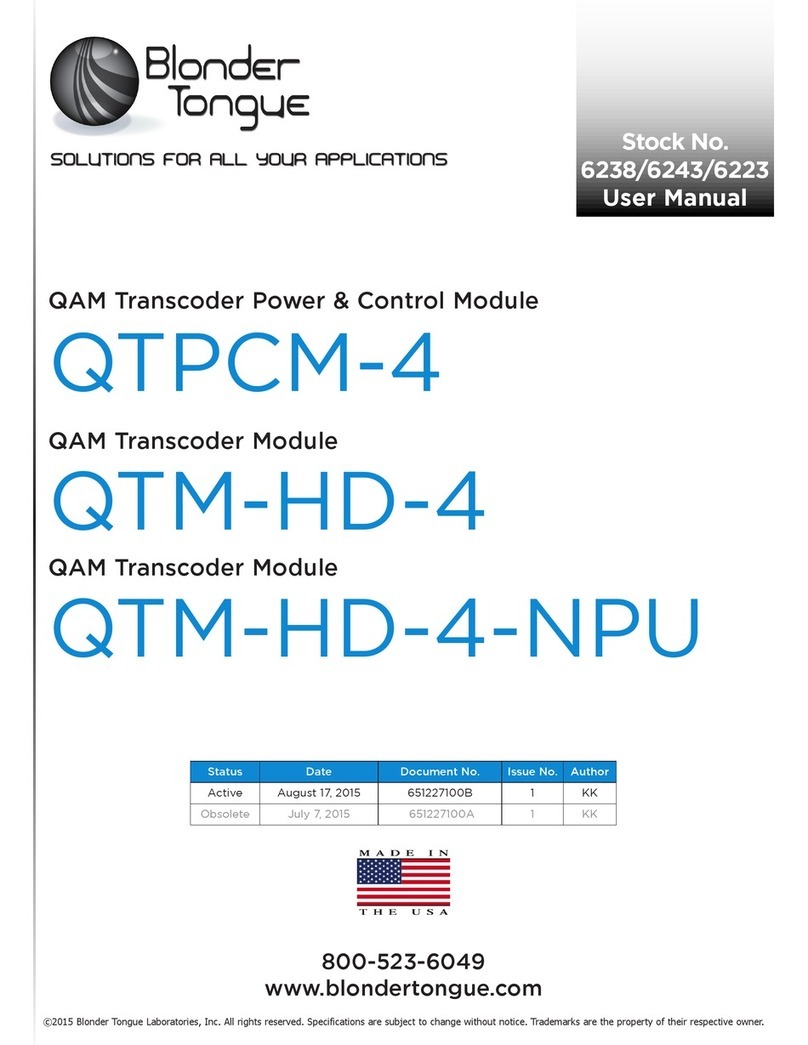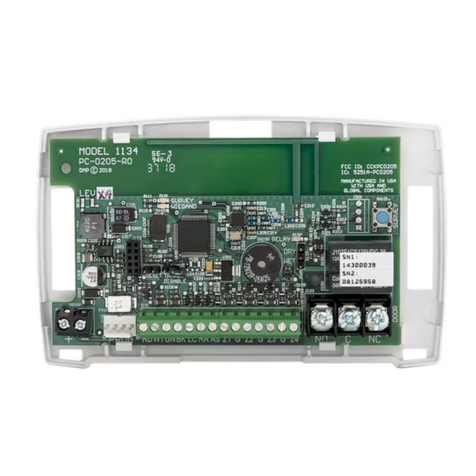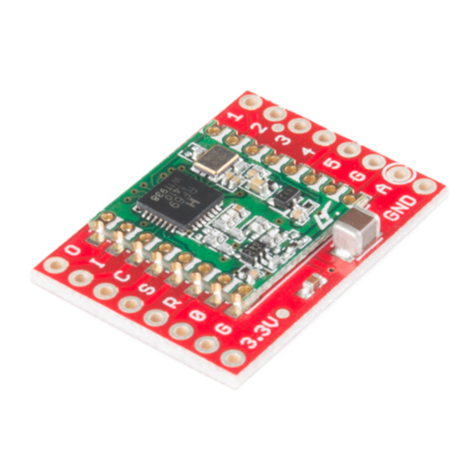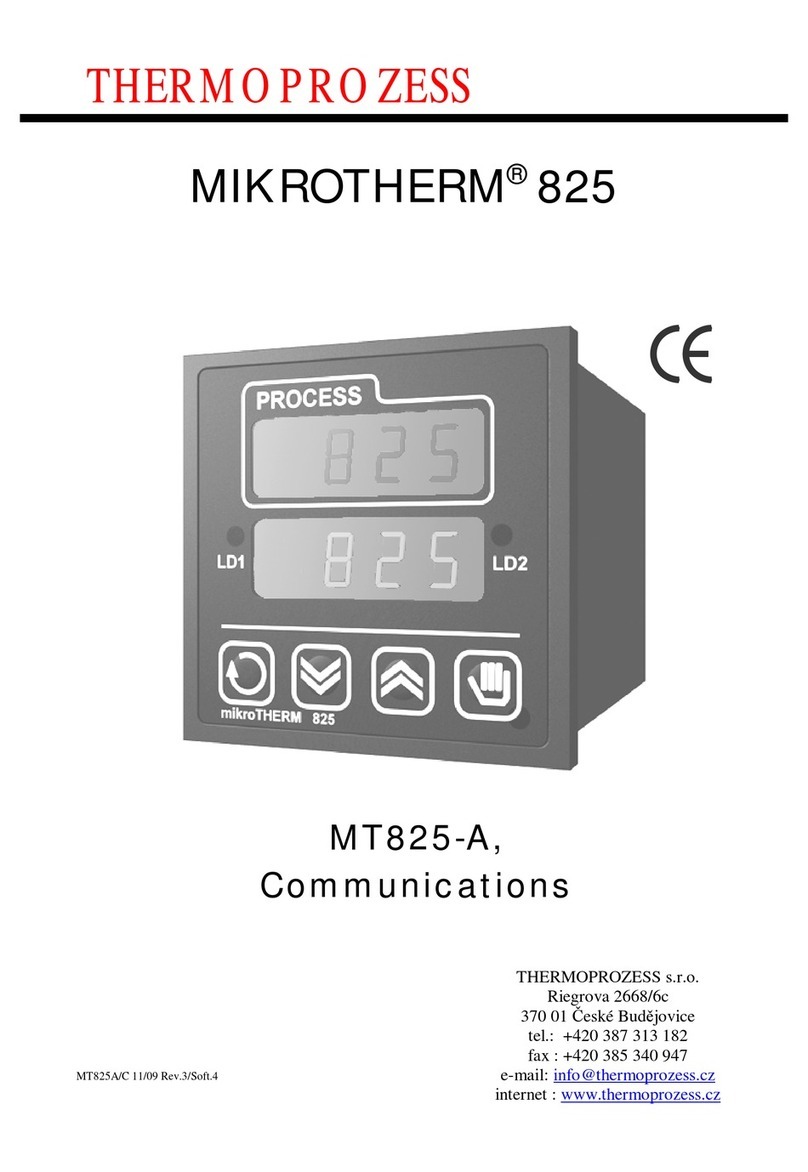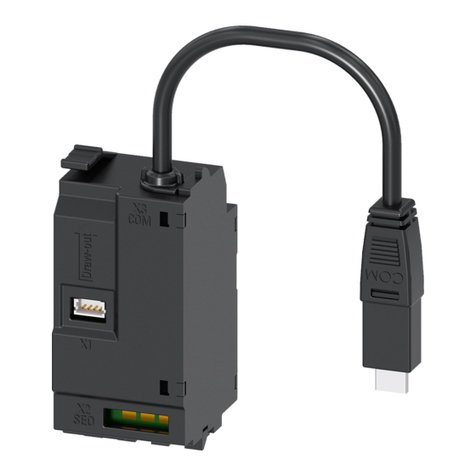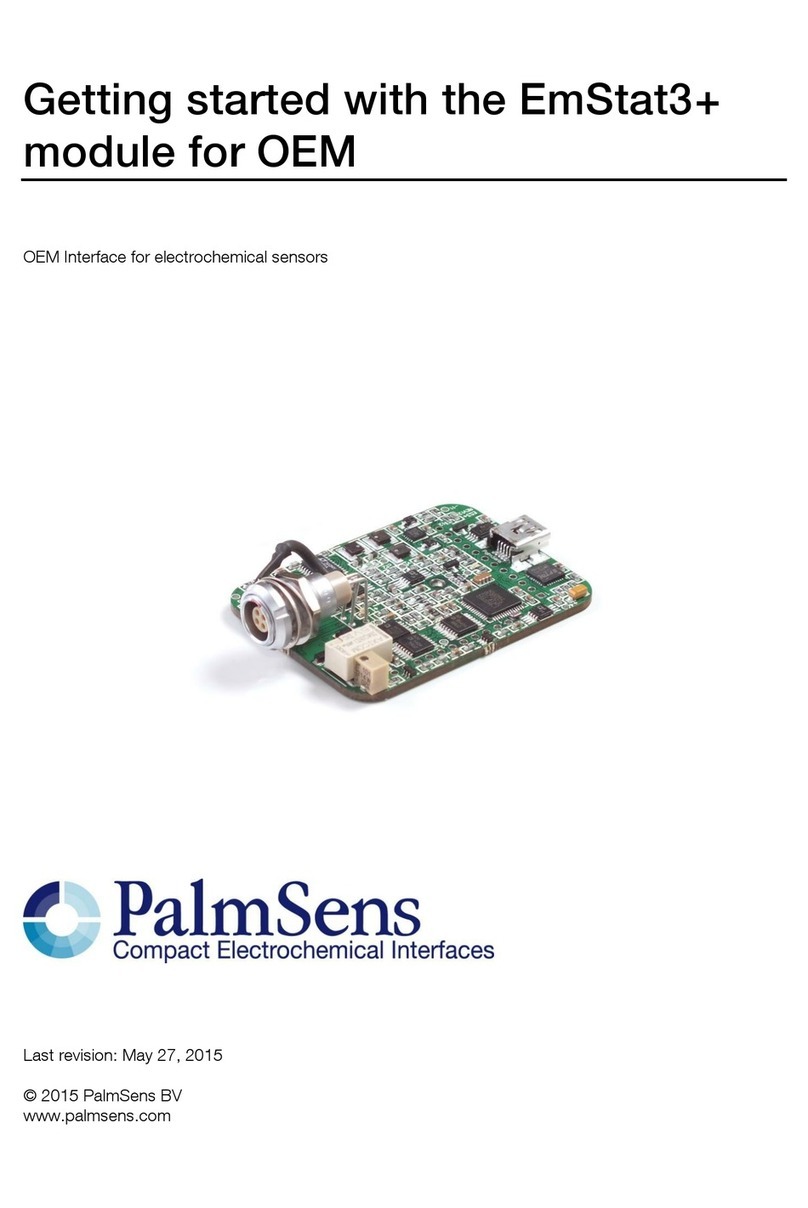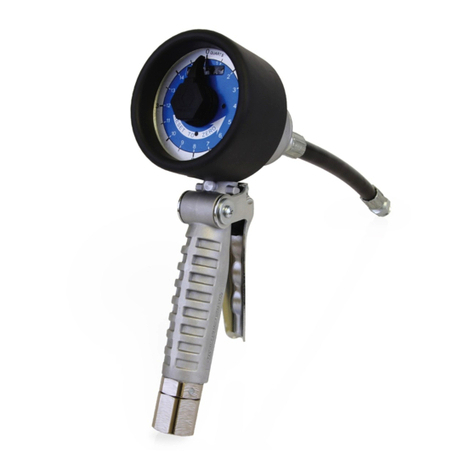TLV Y8F Series User manual

TEG-Y8F-M-00 20 August 2013
Strainers
Y8F
Copyright © 2013 by TLV Euro Engineering GmbH
All rights reserved

1
Contents
Introduction ........................................................................ 1
Safety Considerations ........................................................ 2
Installation & Operational Considerations .......................... 3
3
3
4
4
4
5
5
6
6
7
7
7
1. Product Description....................................................
2. Requirements for Maintenance Staff .........................
3. Transport and Storage ...............................................
4. Function .....................................................................
5. Application..................................................................
6. Configuration..............................................................
7. Installation ..................................................................
8. Maintenance...............................................................
9. Service and Repair.....................................................
10. Troubleshooting .........................................................
11. Disposal .....................................................................
12. Product Warranty .......................................................
Introduction
Thank you for purchasing the Strainer.
This product has been thoroughly inspected before being shipped from the
factory. When the product is delivered, before doing anything else, check the
specifications and external appearance to make sure nothing is out of the
ordinary. Also be sure to read this manual carefully before use and follow the
instructions to be sure of using the product properly.
If detailed instructions for special order specifications or options not contained
in this manual are required, please contact for full details.
This instruction manual is intended for use with the model(s) listed on the front
cover. It is necessary not only for installation but for subsequent maintenance,
disassembly/reassembly and troubleshooting. Please keep it in a safe place for
future reference.
TEG-Y8F-M-00 20 August 2013

2
Safety Considerations
•Read this section carefully before use and be sure to follow the instructions.
•Installation, inspection, maintenance, repairs, disassembly, adjustment and valve
opening/closing should be carried out only by trained maintenance personnel.
•The precautions listed in this manual are designed to ensure safety and prevent
equipment damage and personal injury. For situations that may occur as a result of
erroneous handling, three different types of cautionary items are used to indicate the
degree of urgency and the scale of potential damage and danger: DANGER,
WARNING and CAUTION.
•The three types of cautionary items above are very important for safety: be sure to
observe all of them as they relate to installation, use, maintenance, and repair.
Furthermore, TLV accepts no responsibility for any accidents or damage occurring
as a result of failure to observe these precautions.
Symbol
CAUTION
Indicates that there is a possibility of injury or equipment / product
damage
Install properly and DO NOT use this product outside the
recommended operating pressure, temperature and other
specification ranges.
Improper use may result in such hazards as damage to the product
or malfunctions that may lead to serious accidents. Local regulations
may restrict the use of this product to below the conditions quoted.
Take measures to prevent people from coming into direct
contact with product outlets.
Failure to do so may result in burns or other injury from the
discharge of fluids.
When disassembling or removing the product, wait until the
internal pressure equals atmospheric pressure and the surface
of the product has cooled to room temperature.
Disassembling or removing the product when it is hot or under pressure
may lead to discharge of fluids, causing burns, other injuries or damage.
NEVER attempt to modify the product in any way.
Failure to observe these precautions may result in damage to the
product and burns or other injury due to malfunction or the
discharge of fluids.
Do not use excessive force when connecting threaded pipes
to the product.
Over-tightening may cause breakage leading to fluid discharge,
which may cause burns or other injury.
Use only under conditions in which no freeze-up will occur.
Freezing may damage the product, leading to fluid discharge, which
may cause burns or other injury.
CAUTION
Use only under conditions in which no water hammer will occur.
The impact of water hammer may damage the product, leading to
fluid discharge, which may cause burns or other injury.
TEG-Y8F-M-00 20 August 2013

3
Installation & Operational Considerations
Before installing the product, blow out the piping to remove any
piping scraps, dirt, oil and scale.
Failure to do so may lead to early clogging due to an initial heavy load
of foreign material in the piping.
Do not remove the product from its box or protective covering
until just prior to installation. Remove any plugs or seals just
prior to installation.
The protective covers keep damage causing foreign material out of
the product.
CAUTION
Do not use a wire-brush or other hard devices to clean the screen.
Doing so may damage or detach the meshed screen.
1. Product Description
Y strainers are provided with cast markings according to the requirements of the
PN-EN19 standard. The markings facilitate technical identification and contain:
・ nominal diameter DN (mm),
・ nominal pressure PN (bar),
・ body and cover material,
・ arrow indicating medium flow direction,
・ manufacturer,
・ heat number,
・ CE marking, for products subject to the 97/23/EC directive. CE marking starts from
DN32
2. Requirements for Maintenance Staff
The staff assigned to assembly, operation and maintenance tasks should be qualified
to carry out such jobs. During operation parts of the strainer, for example the cover or
body, may become hot and the user should take the appropriate measures to prevent
burns.
TEG-Y8F-M-00 20 August 2013

4
3. Transport and Storage
Transport and storage should be carried out at temperatures between -20 and 65 °C.
Strainers should be protected against the influence of external forces and destruction of
the paint layer as well. The aim of the paint layer is to protect the strainers against rust
during transport and storage. Strainers should be kept in clean, dry rooms and protected
against the influence of atmospheric conditions. A drying agent or heating should be
applied in damp rooms to prevent condensate formation. Strainer weights are indicated
on the relevant specification data sheet (SDS).
Do not fit lifting devices to connecting holes.
4. Function
Strainers are designed to remove solid particles from the medium flowing through them.
Their task is to protect the most sensitive plant components such as pumps, control
valves, flow and heat meters from debris. The strainer will remove solid particles which
are larger than the size of the holes in the screen mesh. In order to remove magnetic
debris from the medium it is recommended to use a magnetic cartridge located in the
centre of the filter screen. The type of working medium may make some materials
unsuitable for use. Strainers are designed for normal working conditions.
Working pressure should be adapted to the maximum temperature of the medium
according to the table below:
Model Material PN -20 -10 50 100 120 150 200 250 300 350 400 Temp. (°C)
Y8F-16 EN-GJL-250 16 --- 16 16 16 16 14.4 12.8 11.2 9.6 --- ---
Y8F-25 EN-GJS-400-18-LT 25 --- 25 25 25 25 24.3 23 21.8 20 17.5 ---
Y8F-40 GP240GH 40 30 40 40 37.1 36.3 35.2 33.3 30.4 26.7 25.7 23.8
Maximum
Operating
Pressure
(barg)
The plant designer is responsible for selecting a strainer that is suitable for working
conditions.
5. Application
・ Steam, water, air and other fluids*
(*Do not use for toxic, flammable or otherwise hazardous fluids.)
・ Industrial technologies, power industry, heat industry, HVAC plants, etc.
TEG-Y8F-M-00 20 August 2013

5
6. Configuration
No. Part Name
1 Body
2 Cover
3 Screen
4 Supporting Basket*
5 Cover Bolt
6 Cover Nut
7 Drain Plug
8 Drain Plug Gasket
9 Cover Gasket
①
③
⑨
②
⑦
⑤
⑧
⑥
*DN 150 and larger (not shown)
7. Installation
During the installation of the strainer the following steps should be observed:
・ Visually inspect the strainer initially to ensure it is undamaged and also ensure that
it is suited to the medium and working conditions used in the plant.
・ Remove dust caps if supplied.
・ Check that the strainer body is free of solid particles.
・ Steam pipelines should be fitted in such a way as to avoid condensate collection;
in order to avoid water hammer, a steam trap should be installed.
・ Protect the strainer during installation from debris and excessive temperature
conditions.
The pipeline where the strainer is fitted should be arranged in such a way that
the strainer body is not subjected to any bending or stretching forces.
Bolted joints on the pipeline must not cause additional stress resulting from
excessive tightening, and fastener materials must comply with the working
conditions of the plant.
Install the strainer in such a way that flow direction matches that of the arrow
placed on the body.
・ The strainer body throat with screen should be positioned downwards in order to
allow any sludge to collect there.
・ If there is a risk of water hammer caused by condensate
formation, the strainer body throat should be installed in
the horizontal position.
・ The plant designer should ensure space to take the screen out of the strainer body
for cleaning.
・ Use expansion pipe joints to reduce the influence of pipeline thermal expansion.
・ Flush out the pipeline before plant startup, especially after repairs are carried out.
TEG-Y8F-M-00 20 August 2013

6
8. Maintenance
During maintenance the following rules should be observed:
・ Startup process – Sudden changes of pressure and temperature should be
avoided when starting the plant.
・ Strainers – Wire mesh filters do not contain moving parts and do not require any
maintenance, with the exception of screen cleaning.
・ Strainer screens require regular cleaning – Screen cleaning intervals should be
established by the user depending on how dirty the the medium is.
Before taking up any service jobs make sure that the medium supply to the
pipeline has been cut off, the pressure has been decreased to ambient pressure,
the medium has been removed from the pipeline, and the plant has cooled down.
・ Cleaning or replacement of the screen is possible when body / cover bolt nuts are
unscrewed and the screen is taken out of the strainer. Remove sludge from the
screen by washing it in water, without using metal tools.
・ Some of the sludge can be removed by unscrewing the plug from the cover if the
strainer is provided with a plug.
・ Before strainer reassembly remember to replace the body / cover gasket.
Precautions should be taken when touching the gasket between the body and the
strainer cover. The gasket contains a metal core which may cause injury,
・ Tighten the hexagon nuts of the cover bolts evenly and crosswise using a torque
wrench.
In order to assure safe performance, each strainer (especially those that are
rarely used) should be surveyed on a regular basis. Inspection frequency
should be determined by the user, but should not be less than once per month.
9. Service and Repair
All service and repair jobs should be carried out by authorized staff using suitable tools
and original spare parts. Before removing the strainer from the pipeline or before
service, the pipeline should be out of operation. During service and repair jobs:
・ The pressure should be decreased to 0 bars and strainer temperature to ambient
temperature.
・ Appropriate personal protective gear should be used at all times.
・ After strainer removal it is necessary to replace the flange connection gaskets
between the strainer and pipeline.
・ Tightening torques for body / cover bolts
Screw M8 M10 M12 M16 M24
Torque (N⋅m) 15 – 20 35 – 40 65 – 70 140 – 150 350 – 400
・ Before reinstalling the strainer in the pipeline it is necessary to check strainer
operation, and tightness of all connections. A tightness test should be carried out
with a water pressure of 1.5 times the nominal pressure of the strainer.
TEG-Y8F-M-00 20 August 2013

7
TEG-Y8F-M-00 20 August 2013
10. Troubleshooting
When troubleshooting the strainer, all safety rules should be strictly obeyed
Fault Possible reason Remedy
No flow Flange dust caps were not removed Remove dust caps from flanges
Dirty screen Clean or replace the screenPoor flow
Clogged pipeline Check the pipeline
Broken connecting flange Bolts tightened unevenly Replace the strainer with new one
11. Disposal
Obsolete and dismantled strainers must not be disposed of with household waste. This
product is made of materials which can be re-used and should be delivered to
esignated recycling centers.d
12. Product Warranty
1. Warranty Period
One year following product delivery.
2. Warranty Coverage
TLV Euro Engineering GmbH warrants this product to the original purchaser
to be free from defective materials and workmanship. Under this warranty,
the product will be repaired or replaced at our option, without charge for
parts or labor.
3. This product warranty will not apply to cosmetic defects, nor to any product
whose exterior has been damaged or defaced; nor does it apply in the
following cases:
1) Malfunctions due to improper installation, use, handling, etc., by other
than TLV Euro Engineering GmbH authorized service representatives.
2) Malfunctions due to dirt, scale, rust, etc.
3) Malfunctions due to improper disassembly and reassembly, or
inadequate inspection and maintenance by other than TLV Euro
Engineering GmbH authorized service representatives.
4) Malfunctions due to disasters or forces of nature.
5) Accidents or malfunctions due to any other cause beyond the control of
TLV Euro Engineering GmbH.
4. Under no circumstances will TLV Euro Engineering GmbH be liable for
consequential economic loss damage or consequential damage to property.
* * * * * * *
For Service or Technical Assistance:
Contact your representative or your regional office.
Daimler-Benz-Straße 16-18, 74915 Waibstadt, Germany
Tel: [49]-(0)7263-9150-0 Fax: [49]-(0)7263-9150-50
Star Lodge, Montpellier Drive, Cheltenham, Gloucestershire, GL50 1TY, U.K.
Tel: [44]-(0)1242-227223 Fax: [44]-(0)1242-223077
Parc d’ Ariane 2, bât. C, 290 rue Ferdinand Perrier, 69800 Saint Priest, France
Tel: [33]-(0)4-72482222 Fax: [33]-(0)4-72482220
This manual suits for next models
3
Table of contents
Other TLV Control Unit manuals

